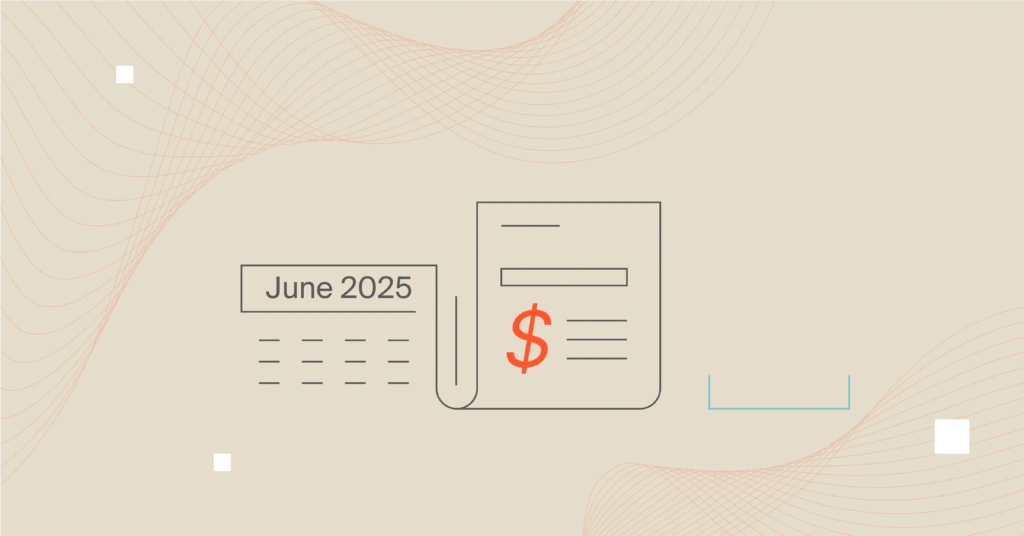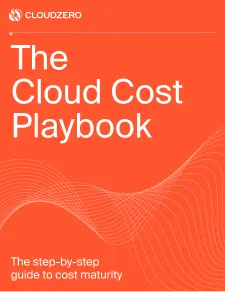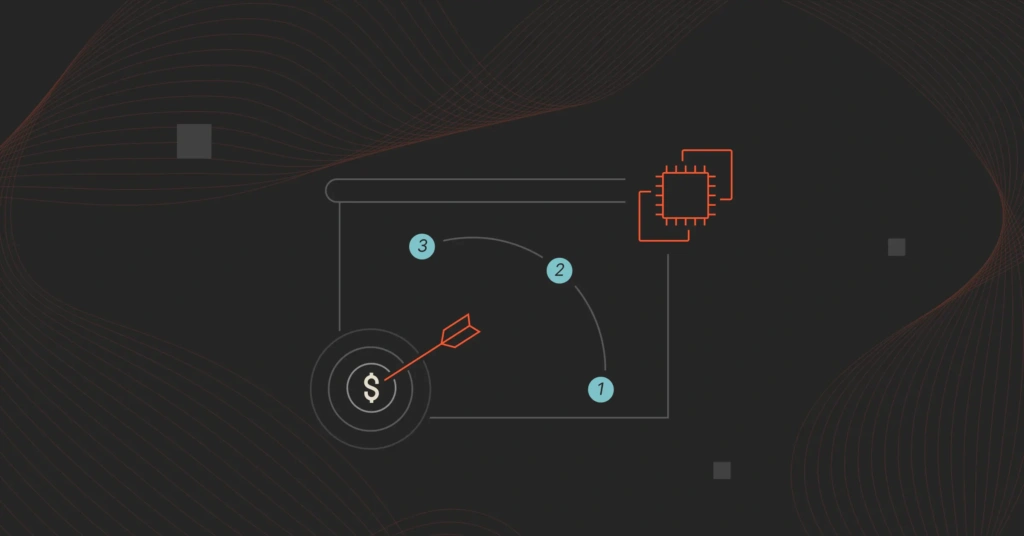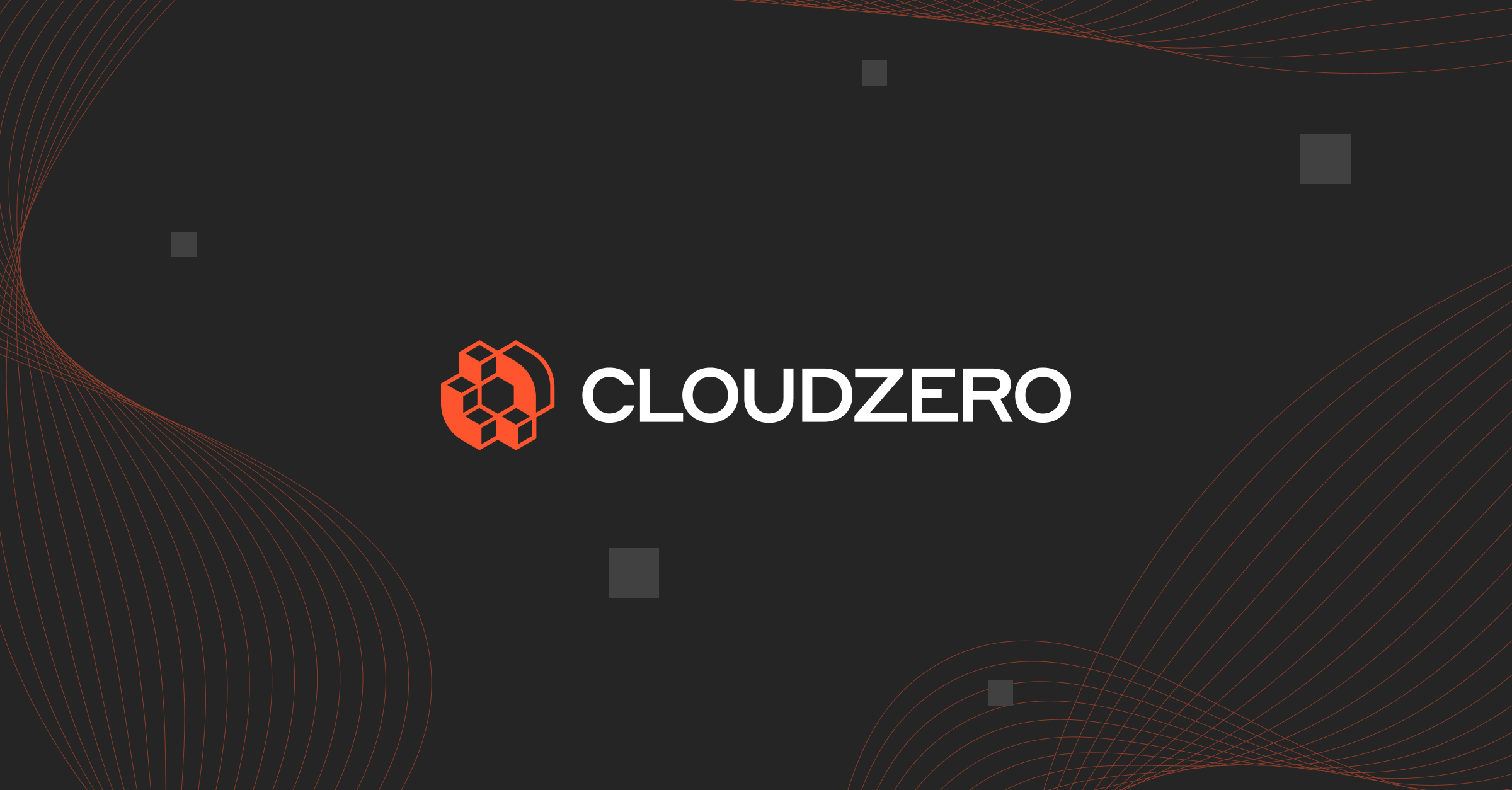June is behind us, which means we’re already closing in on the back half of 2025. We can’t slow down time, but we do have a roundup of some fun events and green initiatives that will help keep your mind off the daily grind:
- Join the FinOps Foundation for the next round of FinOps X conferences.
- Check out the sustainability features Microsoft and AWS have begun to incorporate alongside their cost tracking tools.
This looks like the month for bettering your FinOps practice and shrinking your carbon footprint all at once. Enjoy!
Top Cloud Cost Headlines From June 2025
1. New FinOps X Days have been scheduled.
The FinOps Foundation updated their event schedule to include upcoming FinOps X conferences. Depending on where you’re located, you have a few options:
As always, these events are a great opportunity to network with FinOps experts, get to know other business leaders, and learn all about the latest and greatest ways to optimize cloud costs in your company. Get tickets early to secure your spot and plan for a full day of education and socialization.
If previous FinOps X gatherings are any indication, you can expect to hear from leading keynote speakers, discuss FinOps best practices, ask burning FinOps questions, and attend workshops to practice your new skills.
2. Microsoft released some updates with a focus on sustainability.
Considering a move from an on-prem data center to the Azure cloud? If so, you can feel confident your migration will be both cost-efficient and environmentally friendly.
Azure Migrate — a tool Microsoft created for migration planning — now includes features to help customers meet their goals related to cost savings and carbon emissions reductions, as well as other aspects of sustainability. You’ll be able to view how your costs and carbon emissions would change by switching from on-prem to Azure in the dashboard.
Once you’re up and running in Azure, you’ll also have access to the Carbon Optimization extension in the user portal. This tool displays your carbon emissions data with some insights to help you reduce your footprint. Interestingly, you can create customized reports to see your sustainability data and your cost data in one dashboard view for easy monitoring.
3. AWS also implemented more detailed tracking for carbon emissions.
In a striking coincidence, AWS also unveiled some new green functionality last month.
The Customer Carbon Footprint Tool (CCFT), along with Data Exports, now support emissions calculations using the location-based method (LBM). That’s a lot of acronyms to explain how AWS now allows you to view location-based emissions on your dashboard along with your costs and resource usage.
LBM, according to AWS, “reflects the average emissions intensity of grids on which energy consumption occurs.” Tracking it, therefore, allows you to identify trends in carbon usage in AWS locations around the world that use different kinds of fuels and energy production methods. This means you can optimize your carbon footprint by shifting heavy usage to areas with lower carbon emissions.
This could indirectly affect your bottom line if, for example, sustainable practices are a major selling point for your business. It could also help if you need to catch up on sustainability goals to avoid fees and penalties.
Want a little more fun (and FinOps) in your life?
Join us on August 20 for a FinOps and Foodies event in São Paulo, Brazil, hosted by CloudZero! We’ll be enjoying some delicious Brazilian food while we talk shop about all things FinOps and cloud costs. We hope to see you there!







